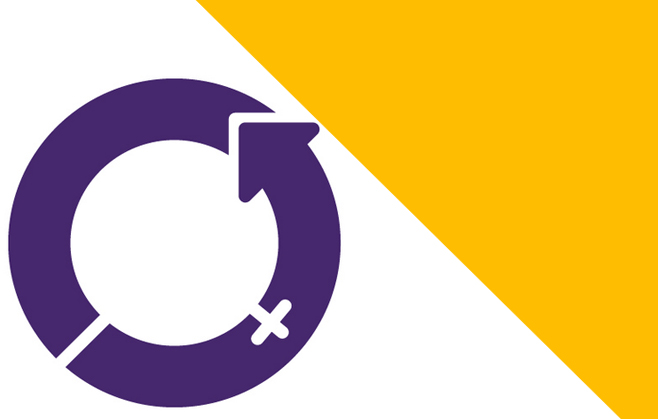
How did brands mark International Women’s Day?
This week’s International Women’s Day sought to “Pledge for parity”, addressing the ongoing gender divide in today’s society. With much to consider on this theme, how did brands raise awareness in their campaigns?
From global companies to apps, agencies and publishers, brands were keen to mark the occasion. The Financial Times created one of our favourites this year, with a simple yet effective campaign. This saw the newspaper take its pink FT page and change it to blue, leaving only a small section at the bottom in the original colour. This illustrated the fact that 26% of FTSE 100 board members are female, raising awareness about the current gender divide in the workplace. Fairy’s take on the theme wished to shed light on the way in which men and women share the household chores. The brand produced a video in which the “y” from its distinctive logo, questioning if workload responsibilities were handled fairly.
Google also seized the opportunity, posting a video on their homepage entitled “One day I will”. This featured women from all over the world sharing their aspirations, and adding to the phrase, “One day I will…” as well as specially-designed doodles. Viewers were then asked to share their own visions for the future on social media, accompanied by the campaign hashtag. The tech giant also marked the occasion with a 2 day women-only training workshop on Digital Marketing for female business owners in Nigeria. Held at Google’s offices in Lagos, the workshop focused on providing local entrepreneurs with greater digital knowledge, and how technology could enhance their business’s success. Talks and training were held by female members of the Google Nigeria team, as well as Africa’s Head of YouTube, who spoke on the importance of social media and video marketing.
In one of this year’s most interesting campaigns, the “Like a Girl” initiative from Always set out to address female-related emojis, which the brand has deemed sexist. In its video, Always states; “Girls send over a billion emojis every day” […] and asks, “But do emojis represent them? Those questioned then consider the female-based emojis available, arguing that many of these express stereotypes, such as the princess, bride, and dancer characters. In comparison, male emoji figures feature a policeman, detective, and guard, as well as an array of sportsmen. Key facts from the campaign also showed that over 50% of girls believed the current set of female emojis to be stereotypical, while 67% agreed that these also implied that girls are limited in what they can do.
Adhering to a similar theme, Microsoft chose to celebrate past and current female creators, overturning occupational stereotypes. For its International Women’s Day campaign, the company (in conjunction with McCann M United), released a video featuring young girls who are asked to name female inventors. While the children were familiar with celebrated male creators such as Benjamin Franklin and Thomas Edison, they were left struggling to name females figures. After this, the video reveals an array of inventions created by females such as the underwater telescope and circular saw, acknowledging the inventors in question. Accompanied by the hashtag #MakeWhatsNext, the aim of the campaign was to inspire more girls to consider the science and tech industries as potential career paths.
Do you think there’s a need for more campaigns addressing gender equality? And which do you think convey this message most effectively? We’d love to hear your thoughts as always, so please tweet to us @PracticeDigital and share your comments on our Facebook page.




